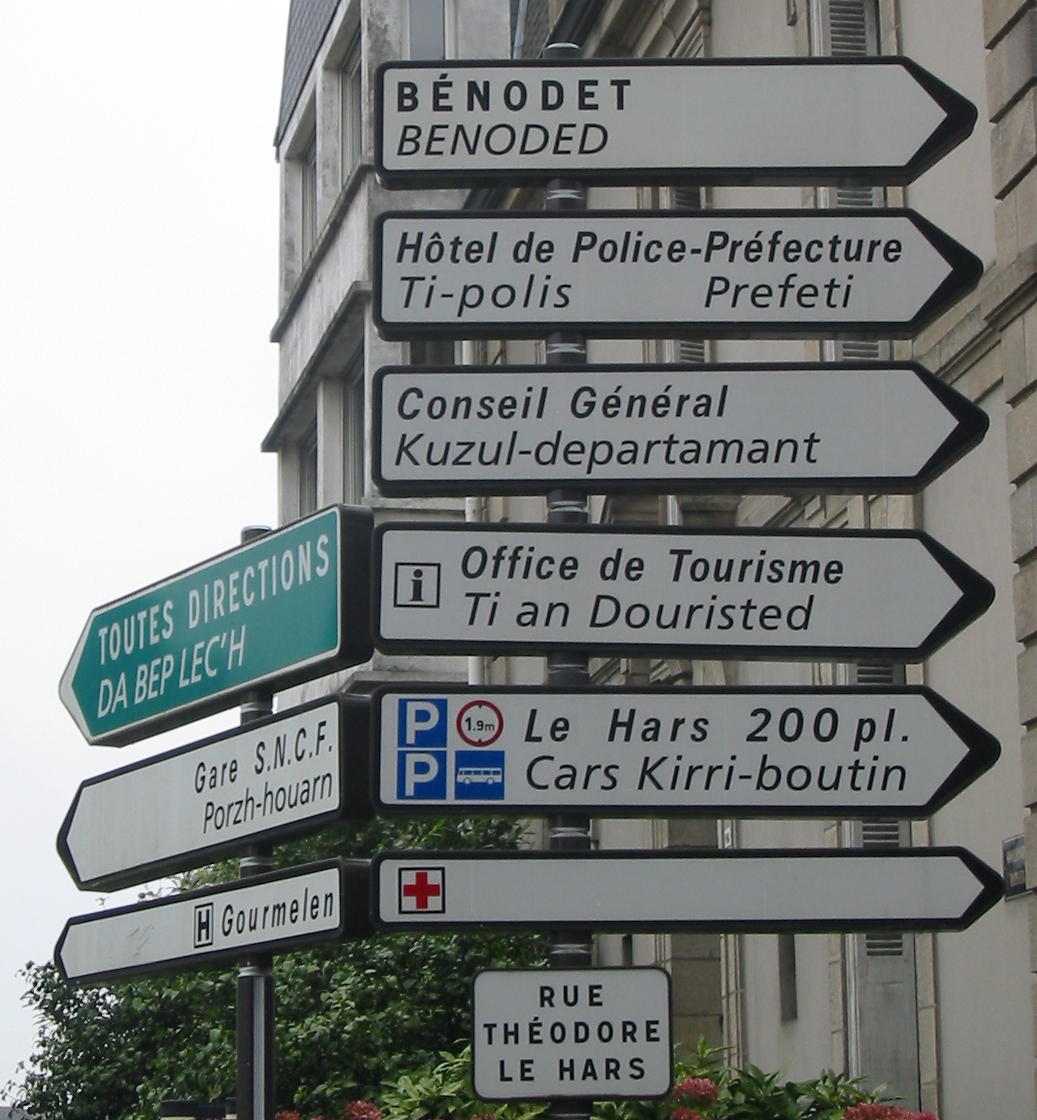We’ve been traveling the past two weeks, although not in France. We’ve been enjoying le printemps (spring) in Caroline du Nord (North Carolina). We’re planning a special edition of this blog and our video channel later this week to highlight Francophone finds in the Triangle region of North Carolina.
Today, we discover what we might eat if we were in Bretagne (Brittany).
Almost certainly, we would eat something from the sea. With its extensive coastline, fishing has long been a mainstay of the regional economy. Seafood platters dominate restaurant menus. We once watched an episode of No Reservations in which Anthony Bourdain consumed a colossal tower of shellfish.
Unfortunately, we couldn’t replicate that experience.
Instead, we bring you another iconic contribution to world cuisine from Brittany: the crêpe. These thin pancakes are ubiquitous throughout France and, increasingly, the world. My own neighborhood in northern Michigan has an excellent crêperie operated by the genial Vanessa, une femme française who settled in Traverse City.
In Brittany, savory crêpes – called galettes – are made with buckwheat flour. We used this recipe for the traditional galette complete, which is a crêpe with ham, cheese and egg.

We also made a Far Breton, which is a custard-like cake similar to flan. We made the pirates’ version using a recipe from Let’s Eat France, our new favorite food book.

The Privateer’s Far Breton
adapted from a recipe by Thierry Breton in Let’s Eat France
- 2.25 cups (220 g) all-purpose flour
- 3/4 cup plus 2 tbsp (175 g) sugar
- 1 tsp (6 g) sea salt
- 5 eggs
- 4.25 cups (1 L) whole milk
- 1 cup plus 1 tbsp (250g) heavy cream
- 1 tbsp rum or armagnac
- seeds of 1 vanilla bean or 1 tsp vanilla extract
- about 2 cups of soft prunes
- 1 tbsp plus 2 tsp (25 g) butter, for greasing the pan
Chop the prunes coarsely and soak in the rum or armagnac for as long as you want. Preheat the oven to 475F (250C). Grease and flour two 8″ round cake pans or a 9×13 baking dish, or better yet, line the baking dish with parchment paper and grease the paper. In a large bowl, combine the flour, sugar, salt, eggs, milk, cream and vanilla. Distribute the soaked prunes in the bottom of the pan or pans. Pour the batter over the prunes. Bake for 20 minutes, turn the oven off, then let the cake rest in the oven for another 30 minutes. Cool before serving. Dust with powdered sugar.
To see more, check out this week’s video.
À la semaine prochaine !






